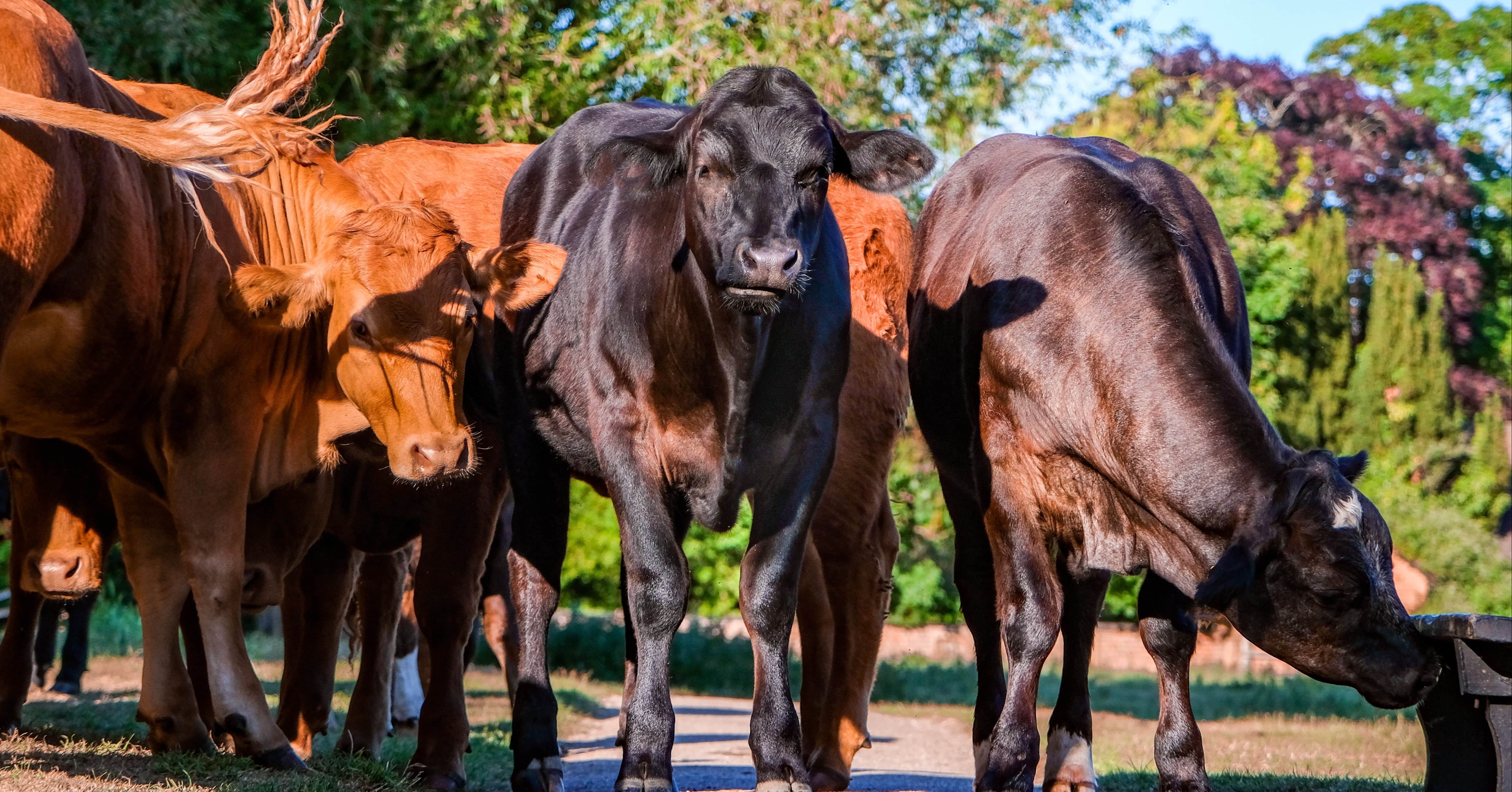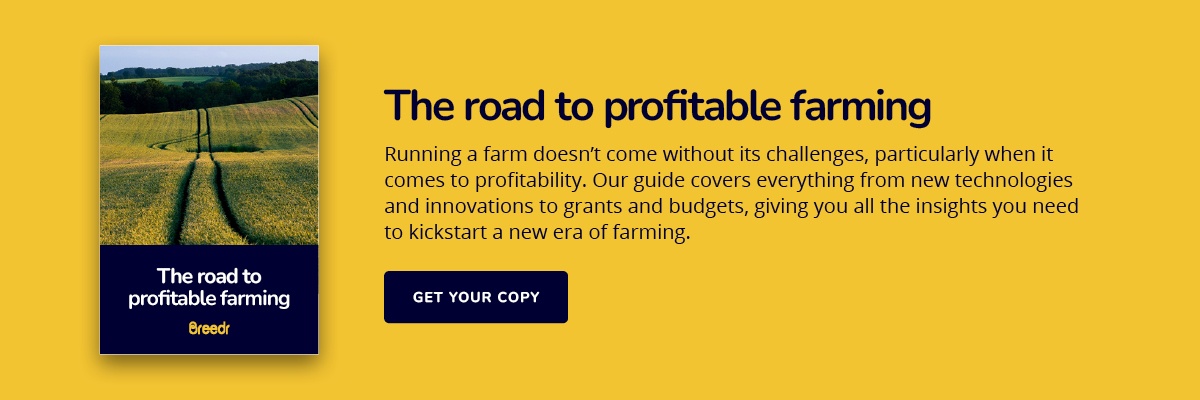Everything you need to know about the gestation period for cows

If you own cattle, you’ll know new calves are essential for sustaining your herd. To ensure a healthy herd and as many new calves as possible, the success of the cow gestation period is important.
If you’re looking to find out more about cow gestation periods, we’ve got you covered with this insightful blog. Keep reading to find out:
How long is a cow pregnant?
A cow is pregnant for around nine months (or 279 to 292 days). The gestation length varies depending on several factors, such as the breed of the cow and the sex of the calf.
Factors that influence the cow gestation period
Breed
The breed of the cow directly affects the length of the gestation period. For breeds with low birth weight genetics, the gestation period tends to be shorter. For dairy cows, Holstein Friesians tend to have a shorter gestation length, whereas Jerseys and Ayrshires have a longer pregnancy. For beef cows, Aberdeen Angus’ have a shorter gestation period on average, whereas Limousins are longer.
This is largely down to genetics, particularly if certain breeds have been bred for generations with low birth weight and therefore a shorter gestation period.
Sex of the calf
The gestation period for bull calves tends to be longer than for heifer calves. This is usually down to the weight, as bull calves weigh more than heifers and therefore require longer in the womb.
Diet
The right nutrition during the cow gestation period is essential. Without the right nutrients, the cow won’t be able to support its unborn cow effectively. Inadequate nutrition can result in poor body condition, birth difficulties, decreased colostrum quality and quantity, as well as underweight calves and calf mortality.
Not only this, but the nutritional intake of a cow during the gestation period can also directly affect how soon a cow can begin calving again. If the body condition of a cow is poor postpartum, it’ll generally take longer to start cycling again.
The stage of the pregnancy also has an impact on the amount of nutrition a cow needs. Around 75% of foetal growth occurs during the last trimester of pregnancy, meaning a cow must have the right diet during this period of gestation.
Finally, another important factor when determining the diet of a pregnant cow is what time of year it is. If you have a spring calving herd, most of the pregnancy will occur during the winter months, when access to green pasture is limited. Therefore, a cow’s diet will need to be supplemented with additional feed and nutrients.
Disease
Pregnancy toxaemia
Similar to twin lamb disease during the gestation period for sheep, pregnancy toxaemia in cows can result in calving complications or the death of the cow and/or calf. The cause is poor nutrition — overweight cows fed a poor diet accumulate fat on the liver and damaging ketone bodies are produced. This results in malnutrition, which has a knock-on effect on the pregnant cow’s health.
Pregnancy toxaemia is most common in cows in the last two months of pregnancy and those carrying twins are at an increased risk. Feeding cows a balanced diet with adequate nutrients is vital in reducing the risk of this disease occurring amongst herds.
Bovine viral diarrhoea (BVD)
Bovine viral diarrhoea (BVD) is a pestivirus that can directly affect cows and herds. BVD contraction can result in failure to conceive, abortions, malformed foetuses, stillbirths and persistently infected (PI) carrier calves. PI calves then become transmitters, which is one of the main causes of the spread of BVD throughout herds.
Stopping the spread of BVD is essential as it can seriously damage a farm's livestock. Identification and removal of persistently infected cows and biosecurity measures need to be introduced.
Want to find out more about herd fertility?
You’ve come to the right place. At Breedr, we’re dedicated to supporting British farmers, whether that’s through our game-changing app or by sharing our farming knowledge.
To find out more about profitable farming, head over to our profitability page for all the insights.





